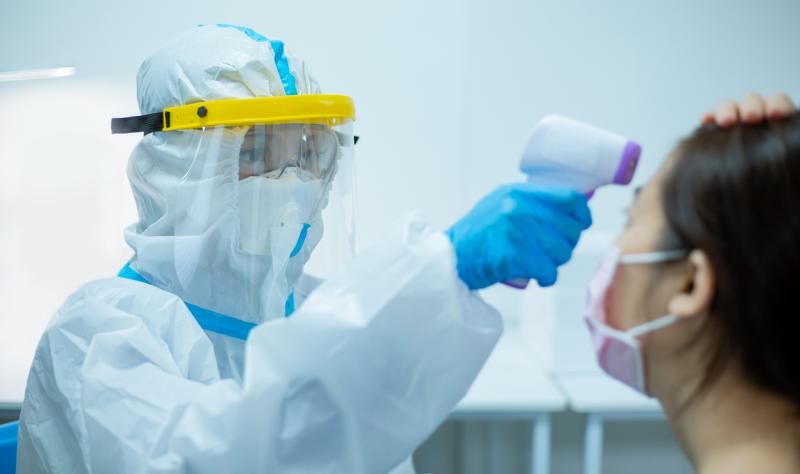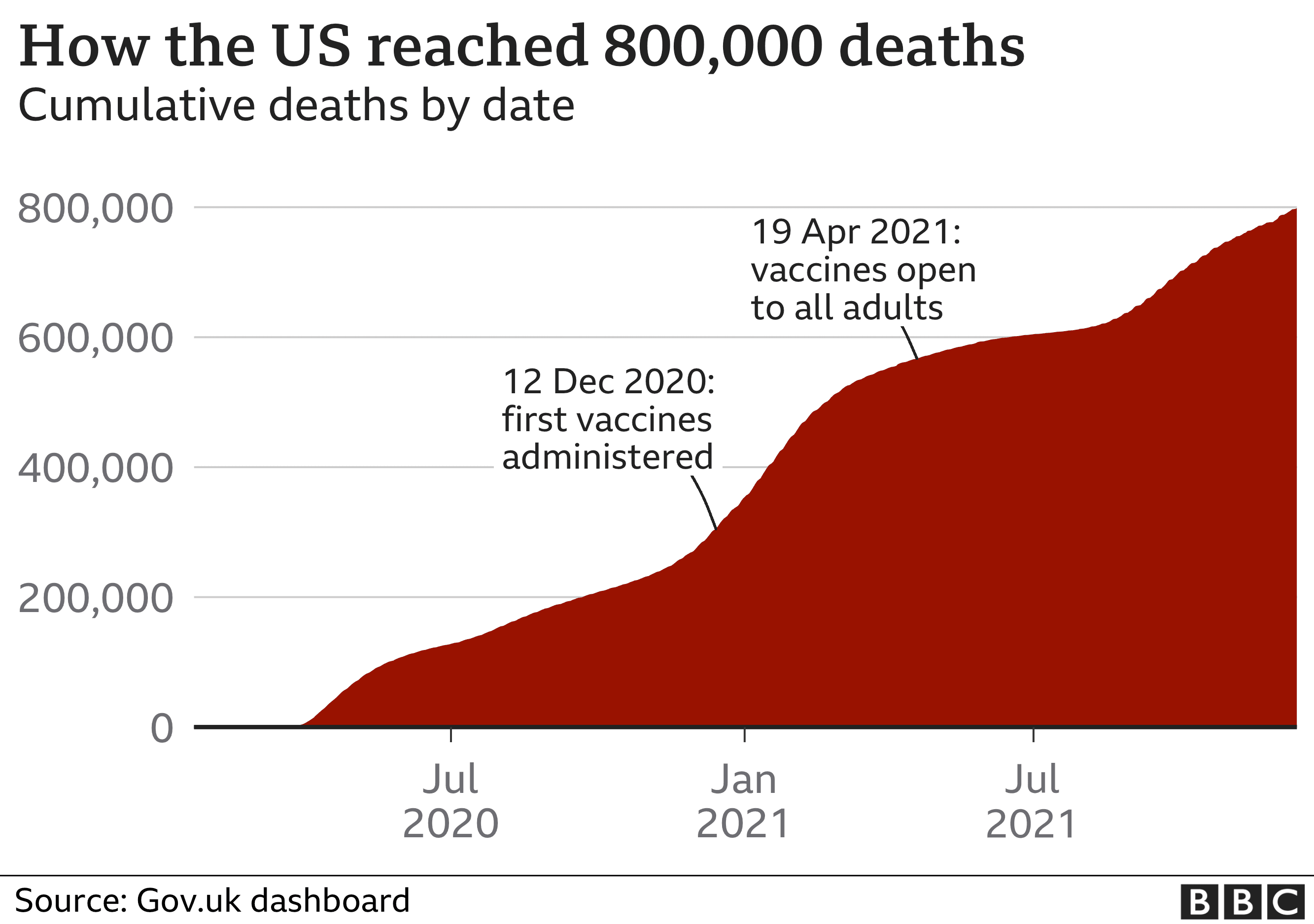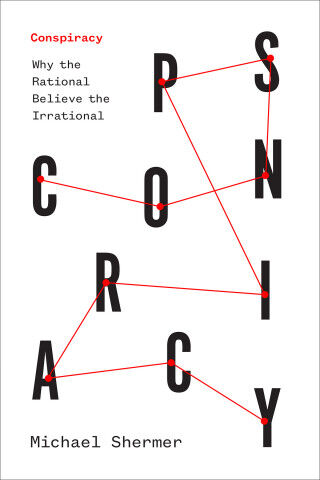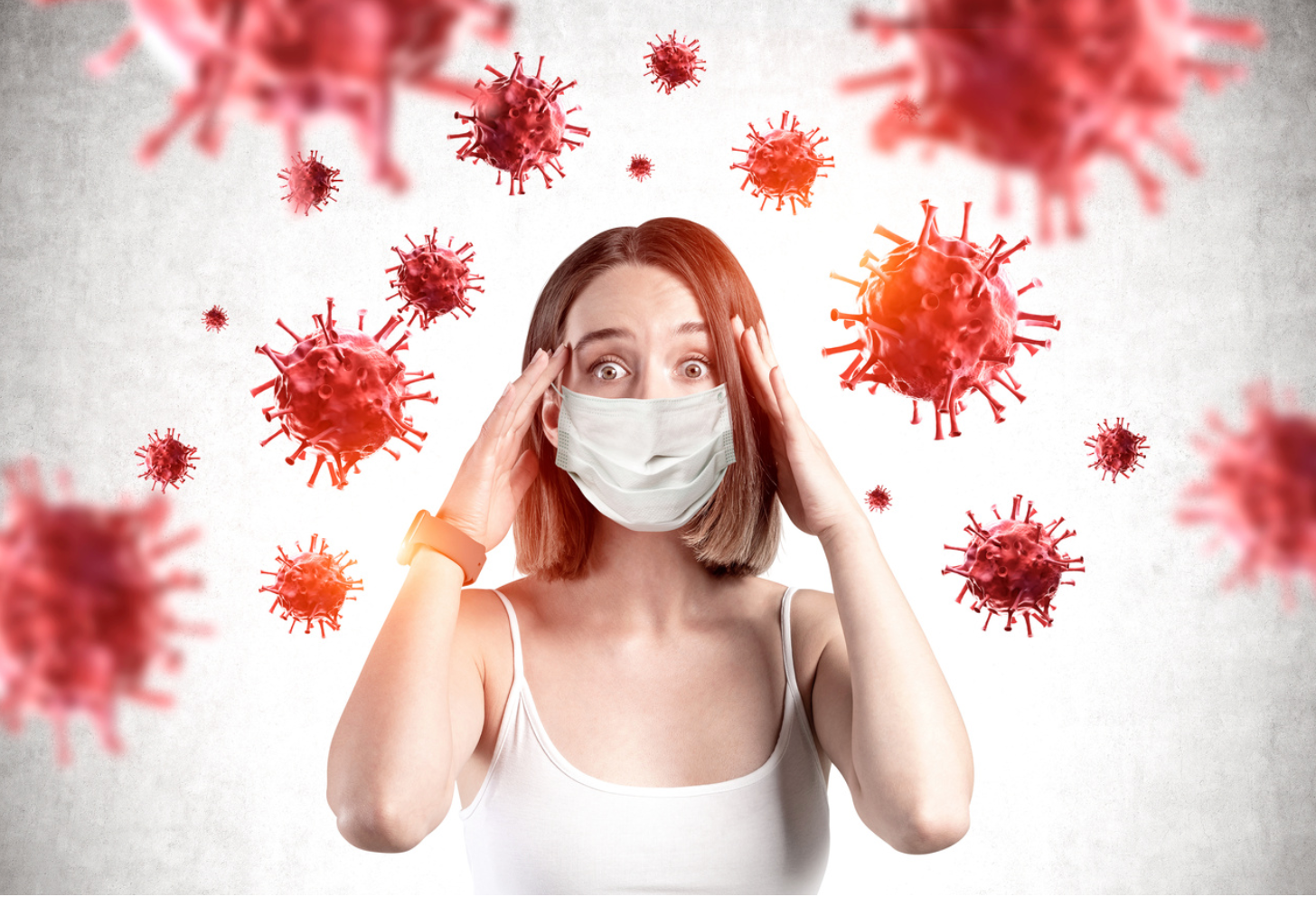COVID in California: Booster uptake improves, ‘but it’s not enough’


COVID cases in California continue to trend down, but those figures may not be entirely credible because the number of test performed across the state has reached its lowest point since the start of the pandemic — even as the World Health Organization says COVID remains a health emergency. The CDC will add COVID vaccines to its list of recommended shots for kids, which leaves it up to states to set their own requirements. Fortunately, uptake of the new dual boosters is finally improving a bit, though it’s still “not enough,” the White House says. Adding to the urgency: a CDC study shows that current vaccines protected against hospitalization less well during the summer surge than they had during the previous winter. All the more reason to seek the additional protection of the new boosters, the researchers said.
Booster uptake improves, “but it’s not enough”
About 4.5 million Americans got the updated dual COVID-19 booster shots last week, according to data shared with CNN and expected to be posted by the Centers for Disease Control and Prevention late Thursday. While that’s an improvement over the 3.3 million shots administered the previous week, the latest figure brings the total of those who have received the shot since it became available seven weeks ago to just under 20 million, or less than 10% of the more than 216.2 million people eligible for the updated vaccines. The CDC recommends that everyone five years and older receives the updated bivalent shots that target newer variants of the virus at least two months after their last shot. “This is really important progress, but it’s not enough,” a Biden administration official told the news network. “We need everyone to step up and get their updated vaccine as soon as possible.”
White House COVID-19 coordinator Dr. Ashish Jha also expressed concern about low uptake ahead of another anticipated surge around the holidays. “The work we’re doing to reach Americans through on-the-ground work with trusted organizations in communities across the country and paid media is helping drive the urgency for all Americans to get the protection they need ahead of the winter,” Jha said in a statement to CNN. “But to be very clear: it’s going to take everyone talking to their family and friends to ensure the country is as protected as possible. Our message is simple: do not wait to get your updated vaccine.”
Vaccines not as helpful against hospitalization in second omicron wave, CDC study finds
The original mRNA vaccines from Pfizer and Moderna didn’t work as well in preventing hospitalization during the summer’s BA.4/BA.5 omicron surge as they had during the original BA.1/BA.2 omicron spike last winter, according to new research from the U.S. Centers for Disease Control and Prevention. A primary series of shots plus one booster of the monovalent vaccine formula showed 79% effectiveness against hospitalization during the BA.1/BA.2 period during the first 120 days after the third dose was administered. By comparison, the same regimen offered just 60% effectiveness over the same three-month timeframe during the BA.4/BA.5 period. After the first 120 days, that protection fell to 41% and 29%, respectively, during the two omicron waves.
The authors cite waning immunity and mutations of the virus as the reasons for the loss of efficacy. But they also caution that their interpretation is complicated by the huge number of people who caught the coronavirus during the winter surge — some 58% of the U.S. population had been infected by the end of February 2022. When the summer wave hit, some unvaccinated people enjoyed immunity induced by previous infection, which means the vaccine’s contribution to reducing hospitalization may be under-represented in the data.
Pfizer vaccine will cost up to $130 per dose on the commercial market
Pfizer expects to charge about $110 to $130 per dose for its COVID-19 vaccine after the White House lifts the COVID-19 emergency order, executive Angela Lukin told investors on Thursday, Reuters reports. The U.S. government currently provides the shots to Americans for free, paying $30 per dose to Pfizer and its German partner BioNTech SE. But market analysts expect the public health order will expire next year, at which point Lukin said the vaccine will be made available to patients for free — that is, with no co-pay — to people who have private or government insurance.
CDC advisers approve adding shots to childhood vaccine schedules
An advisory committee to the U.S. Centers for Disease Control and Prevention on Thursday voted unanimously to add COVID-19 vaccines to the agency’s recommended immunization schedules for both children and adults. The Advisory Committee on Immunization Practices emphasized that the decision did not make the shots mandatory for anyone, but would add them to the list of recommendations to physicians on which shots their patients should receive and when. “Adding the COVID-19 vaccine to the recommended childhood immunization schedule does not constitute a requirement that any child receives the vaccine,” said Dr. Nirav Shah, a committee member.
California COVID cases down, but deaths rise
California is tracking about 6.4 new daily cases per 100,000 residents as of Thursday, down from 8.2 per 100,000 a week ago, according to health department data. But those numbers may be misleading as the number of coronavirus tests performed across the state have reached their lowest point since the start of the pandemic in April 2020. The COVID-19 death toll has increased, with the state reporting 21 deaths per day due to the virus, compared to 19 per day a week ago. Hospitalizations have also reached a plateau with 1,617 patients admitted with COVID-19, a modest decrease from last week’s 1,746 admissions but up from 1,601 recorded earlier this week.
WHO says virus is still a global health emergency
The World Health Organization on Wednesday reiterated that COVID-19 remains a global emergency, even though cases and hospitalizations have declined in some regions in recent months. “Although the public perception is that the pandemic is over in some parts of the world, it remains a public health event that continues to adversely and strongly affect the health of the world’s population,” said the WHO’s emergency committee. The U.N. public health agency first made the declaration on Jan. 30, 2020, to clear the path for research, funding and measures to contain the coronavirus. While COVID-related deaths worldwide are near a record low, they remain high compared to other viruses. And newer immune-evasive variants can quickly undo the progress made in the past few months. “This pandemic has surprised us before and very well may again,” said WHO Director-General Tedros Adhanom Ghebreyesus.















